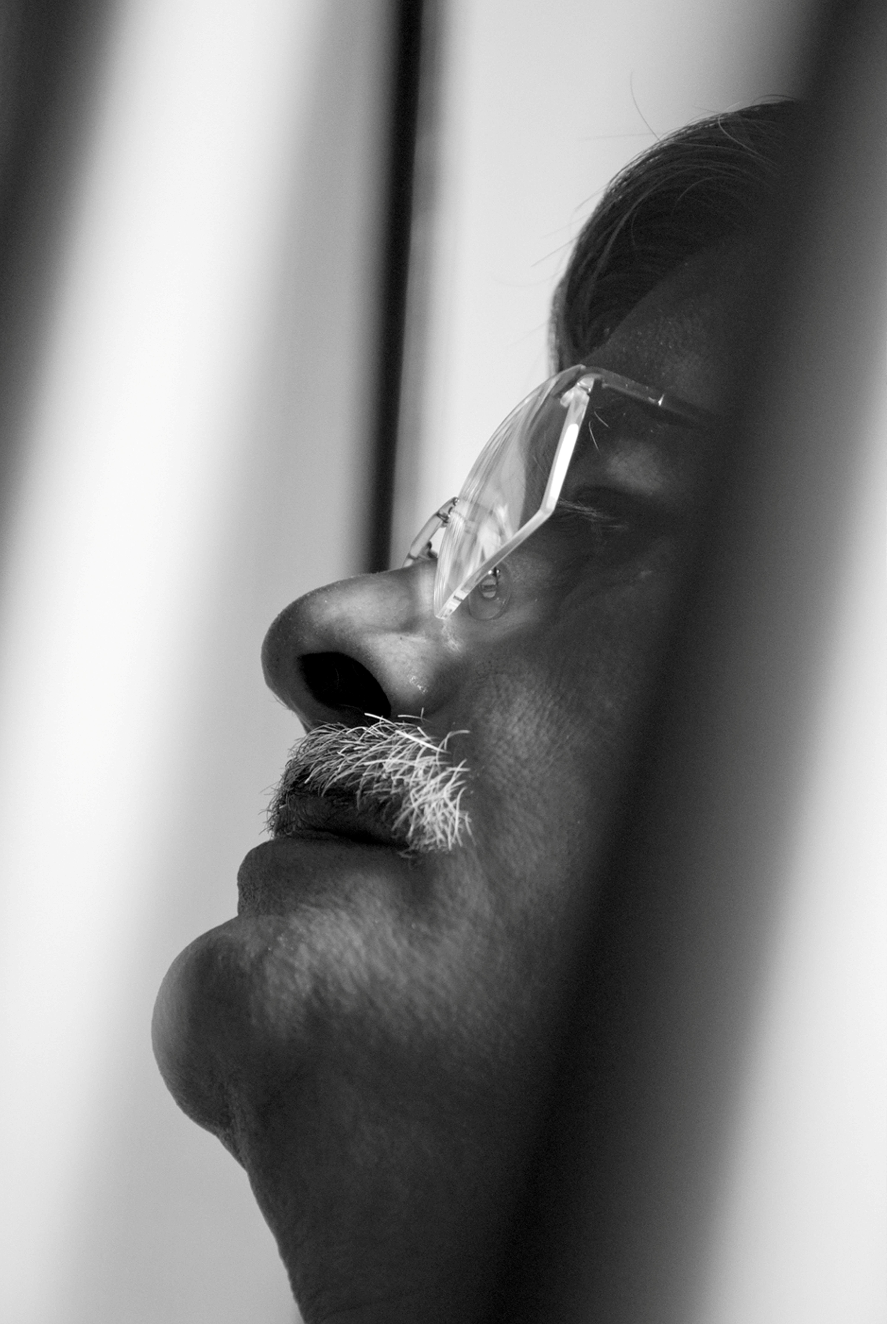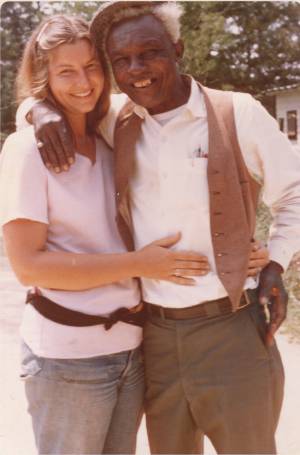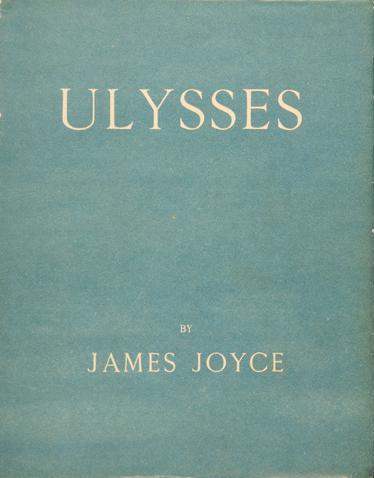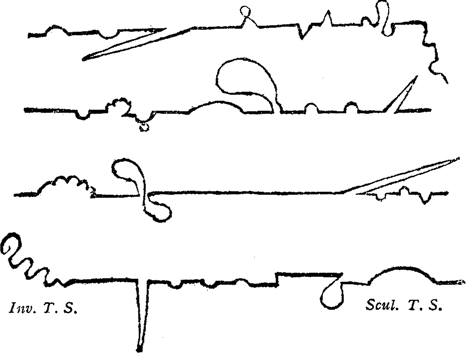|
Poetry Film
''Poetry film'' is a subgenre of film that fuses the use of spoken word poetry, visual images, and sound to create a stronger presentation and interpretation of the meaning being conveyed. This fusion of image and spoken word (both independent and interdependent) creates what William Wees called the "Poetry-film" genre. He suggested that "a number of avant-garde film and video makers have created a synthesis of poetry and film that generates associations, connotations and metaphors neither the verbal nor the visual text would produce on its own". This genre of film was first explored in the 1920s by Impressionists Germaine Dulac, Louis Delluc, Man Ray, Hans Richter, and others. In the mid-1960s and early 1970s this genre was further explored by the Beat Generation poets Lawrence Ferlinghetti, Allen Ginsberg, and Herman Berlandt, and developed into a festival held annually at the Fort Mason Center in California. Poetry film is characterized by its nonlinear narrative style of editi ... [...More Info...] [...Related Items...] OR: [Wikipedia] [Google] [Baidu] |
Film
A film also called a movie, motion picture, moving picture, picture, photoplay or (slang) flick is a work of visual art that simulates experiences and otherwise communicates ideas, stories, perceptions, feelings, beauty, or atmosphere through the use of moving images. These images are generally accompanied by sound and, more rarely, other sensory stimulations. The word "cinema", short for cinematography, is often used to refer to filmmaking and the film industry, and to the art form that is the result of it. Recording and transmission of film The moving images of a film are created by photographing actual scenes with a motion-picture camera, by photographing drawings or miniature models using traditional animation techniques, by means of CGI and computer animation, or by a combination of some or all of these techniques, and other visual effects. Before the introduction of digital production, series of still images were recorded on a strip of chemically sens ... [...More Info...] [...Related Items...] OR: [Wikipedia] [Google] [Baidu] |
Smothers Brothers
The Smothers Brothers are Thomas ("Tom" – born February 2, 1937) and Richard ("Dick" – born November 20, 1938), American folk singers, musicians, and comedians. The brothers' trademark double act was performing folk songs (Tommy on acoustic guitar, Dick on double bass), which usually led to arguments between them. Tommy's signature line was "Mom always liked you best!" Tommy (the elder of the two) acted "slow" and Dick, the straight man, acted "superior". In the late 1950s and early 1960s, the brothers frequently appeared on television variety shows and issued several popular record albums of their stage performances. Their own television variety show, '' The Smothers Brothers Comedy Hour'', became one of the most controversial American TV programs of the Vietnam War era. Despite popular success, the brothers' penchant for material that was critical of the political mainstream and sympathetic to the emerging counterculture led to their firing by the CBS network in 1969. One e ... [...More Info...] [...Related Items...] OR: [Wikipedia] [Google] [Baidu] |
Malay Roy Choudhury
Malay Roy Choudhury (born 29 October 1939) is an Indian Bengali poet, playwright, short story writer, essayist and novelist who founded the Hungryalist movement in the 1960s. Early life and education Malay Roy Choudhury was born in Patna, Bihar, India, into the Sabarna Roy Choudhury clan, which owned the villages that became Kolkata. He grew up in Patna's Imlitala ghetto, which was mainly inhabited by Dalit Hindus and Shia Muslims. His was the only Bengali family. His father, Ranjit (1909–1991) was a photographer in Patna; his mother, Amita (1916–1982), was from a progressive family of the 19th-century Bengali Renaissance. His grandfather, Laksmikanta Roy Choudhury, was a photographer in Kolkata who had been trained by Rudyard Kipling's father, the curator of the Lahore Museum. At the age of three, Roy Choudhury was admitted to a local Catholic school, and later, he was sent to the Rammohan Roy Seminary Oriental Seminary. The school was administered by the Brahmo S ... [...More Info...] [...Related Items...] OR: [Wikipedia] [Google] [Baidu] |
Stark Electric Jesus
''Stark Electric Jesus'' is a 2014 short film inspired by the poem ''Prochondo Boidyutik Chhutar'' or ''Stark Electric Jesus'' written by Malay Roy Choudhury. The film has won the official selection as the only Indian film at the Trinidad and Tobago Film Festivalin New Media section and has been selected for screening at Leeds Independent Film Festival. The film also won 27 official selection in 20 different countries and also won 'Best Video Art' from Poland, 'Most Promising Artist' Award from Madatac, 06, Spain and 'Best Fantasy Film' award from Hrizantema International Horror and Fantasy Film Festival, Serbia Serbia (, ; Serbian: , , ), officially the Republic of Serbia (Serbian: , , ), is a landlocked country in Southeastern and Central Europe, situated at the crossroads of the Pannonian Basin and the Balkans. It shares land borders with Hung .... Plot A mentally disordered man hallucinates and dreams 'unnatural' things where comes references of mythology, sexual ... [...More Info...] [...Related Items...] OR: [Wikipedia] [Google] [Baidu] |
Soumitra Chatterjee
Soumitra Chatterjee (also spelt as Chattopadhyay; 16 June 193515 November 2020) was an Indian film actor, play-director, playwright, writer, thespian and poet. He is regarded as one of the greatest and most influential actors in the history of Indian Cinema. He is best known for his collaborations with director Satyajit Ray, with whom he worked in fourteen films. Starting with his debut film, '' Apur Sansar'' (The Family of Apu, 1959), the third part of '' The Apu Trilogy'', as adult Apu, he went on to work in several films with Ray, including ''Abhijan'' (The Expedition, 1962), '' Charulata'' (1964), '' Kapurush'' (1965), ''Aranyer Din Ratri'' (Days and Nights in the Forest, 1969), '' Ashani Sanket'' (Distant Thunder, 1973), '' Sonar Kella'' (The Fortress of Gold, 1974) and '' Joi Baba Felunath'' (The Elephant God, 1978) as Feluda, '' Hirak Rajar Deshe'' (1980), ''Ghare Baire'' (The Home and The World, 1984), Shakha Proshakha (1990) and '' Ganashatru'' (Enemy of the People, ... [...More Info...] [...Related Items...] OR: [Wikipedia] [Google] [Baidu] |
Nandan Saxena
Nandan Saxena is a multi National Film Award winning Indian documentary filmmaker. He has won National film Awards thrice. Awards Selected filmography *''I Cannot Give You My Forest (2014)'' *''Cotton for My Shroud (2011)'' *''Candles In The Wind (2013)'' *''Wings'' *''A stitch in time'' Personal life Saxena's parents were teachers. He studied journalism Journalism is the production and distribution of reports on the interaction of events, facts, ideas, and people that are the "news of the day" and that informs society to at least some degree. The word, a noun, applies to the occupation (profes .... He is married to Kavita Bahl, an Indian filmmaker. The couple quit journalism on returning to Delhi in 1996 and took on film-making. References {{DEFAULTSORT:Saxena, Nandan Indian documentary filmmakers Year of birth missing (living people) Living people ... [...More Info...] [...Related Items...] OR: [Wikipedia] [Google] [Baidu] |
Centre For Media And Cultural Studies
The School of Media and Cultural Studies, (SMCS) is a part of the Tata Institute of Social Sciences in India, engaged in media teaching, film production, research and dissemination. The school was in the news recently because some of their students produced a documentary film Caste on the Menu Card ''Caste on the Menu Card'' is a 21-minute documentary film made by students of the School of Media and Cultural Studies at the Tata Institute of Social Sciences (TISS), focuses on beef-eating practices in Mumbai, India. It portrays the prevale ... which was not given permission to screen. Awards SMCS films have won several awards. Digital archive SMCS has a digital archive of films, video footage and photographs. It has a collection of over 2500 films. The focus areas of the archive are: * Development, including issues of globalization, marginalized groups, environment, disasters, movements, * Ethnographic film from India and other countries References External links * D ... [...More Info...] [...Related Items...] OR: [Wikipedia] [Google] [Baidu] |
Hedwig Gorski
Hedwig Irene Gorski (born July 18, 1949) is an American performance poet and an avant-garde artist who labels her aesthetic as "American futurism." The term "performance poetry," a precursor to slam poetry, is attributed to her. It originated in press releases for experimental spoken word and conceptual theater Gorski created during 1979. She is a first-generation Polish American academic scholar and accomplished creative writer. The innovative poetry, prose, drama, and audio works are published and produced in a variety of media using standard and experimental forms. Biography A first-generation American citizen, born in Trenton, New Jersey, Gorski's parents and sister emigrated to the United States from Galicia, Poland (present-day Ukraine) following World War II, where two aunts and a grandmother were murdered by Ukrainian partisans. Her father joined the Polish Underground when aged fourteen, and later the United States Army, arriving with his family in the U.S. in ... [...More Info...] [...Related Items...] OR: [Wikipedia] [Google] [Baidu] |
Narrative
A narrative, story, or tale is any account of a series of related events or experiences, whether nonfictional ( memoir, biography, news report, documentary, travelogue, etc.) or fictional (fairy tale, fable, legend, thriller Thriller may refer to: * Thriller (genre), a broad genre of literature, film and television ** Thriller film, a film genre under the general thriller genre Comics * ''Thriller'' (DC Comics), a comic book series published 1983–84 by DC Comics i ..., novel, etc.). Narratives can be presented through a sequence of written or spoken words, through still or moving images, or through any combination of these. The word derives from the Latin verb ''narrare'' (to tell), which is derived from the adjective ''gnarus'' (knowing or skilled). Narration (i.e., the process of presenting a narrative) is a rhetorical modes, rhetorical mode of discourse, broadly defined (and paralleling argumentation, description, and exposition (narrative), exposition), is one of f ... [...More Info...] [...Related Items...] OR: [Wikipedia] [Google] [Baidu] |
Beat Generation
The Beat Generation was a literary subculture movement started by a group of authors whose work explored and influenced American culture and politics in the post-war era. The bulk of their work was published and popularized by Silent Generationers in the 1950s, better known as Beatniks. The central elements of Beat culture are the rejection of standard narrative values, making a spiritual quest, the exploration of American and Eastern religions, the rejection of economic materialism, explicit portrayals of the human condition, experimentation with psychedelic drugs, and sexual liberation and exploration. Allen Ginsberg's ''Howl'' (1956), William S. Burroughs' '' Naked Lunch'' (1959), and Jack Kerouac's '' On the Road'' (1957) are among the best known examples of Beat literature.Charters (1992) ''The Portable Beat Reader''. Both ''Howl'' and ''Naked Lunch'' were the focus of obscenity trials that ultimately helped to liberalize publishing in the United States.Ann Cha ... [...More Info...] [...Related Items...] OR: [Wikipedia] [Google] [Baidu] |
Stream Of Consciousness
In literary criticism, stream of consciousness is a narrative mode or method that attempts "to depict the multitudinous thoughts and feelings which pass through the mind" of a narrator. The term was coined by Daniel Oliver in 1840 in ''First Lines of Physiology: Designed for the Use of Students of Medicine,'' when he wrote, Better known, perhaps, is the 1855 usage by Alexander Bain in the first edition of ''The Senses and the Intellect'', when he wrote, "The concurrence of Sensations in one common stream of consciousness–on the same cerebral highway–enables those of different senses to be associated as readily as the sensations of the same sense". But it is commonly credited to William James who used it in 1890 in his '' The Principles of Psychology''. In 1918, the novelist May Sinclair (1863–1946) first applied the term stream of consciousness, in a literary context, when discussing Dorothy Richardson's novels. '' Pointed Roofs'' (1915), the first work in Richardso ... [...More Info...] [...Related Items...] OR: [Wikipedia] [Google] [Baidu] |
Nonlinear Narrative
Nonlinear narrative, disjointed narrative, or disrupted narrative is a narrative technique, sometimes used in literature, film, video games, and other narratives, where events are portrayed, for example, out of chronological order or in other ways where the narrative does not follow the direct causality pattern of the events featured, such as parallel distinctive plot lines, dream immersions or narrating another story inside the main plot-line. Most of the time, it is used to mimic the structure and recall of a character, but has been used for other reasons as well. Literature Beginning a non-linear narrative '' in medias res'' (Latin: "into the middle of things") began in ancient times and was used as a convention of epic poetry, including Homer's ''Iliad'' in the 8th century BC. The technique of narrating most of the story in flashback is also seen in epic poetry, like the Indian epic the ''Mahabharata''. Several medieval ''Arabian Nights'' tales such as " The City of Brass ... [...More Info...] [...Related Items...] OR: [Wikipedia] [Google] [Baidu] |





